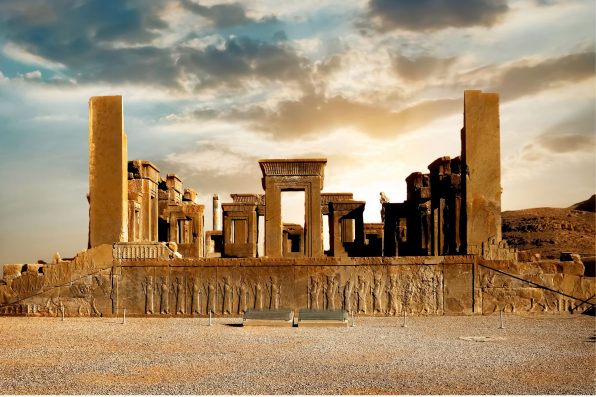Persepolis, the most well-known ancient site in Iran, is being threatened by tiny lichens eating away at the monuments. These organisms tend to grow on surfaces like stone and can slowly break them down.
Conservation efforts began years ago to stop the lichen, a combination of a fungus and algae, from damaging the site’s structures and elaborate carvings.
Persepolis was built in the 6th century B.C. by Darius I. For thousands of years, the site has stood strong against looting, destruction, fires, severe weather, and natural disasters such as earthquakes.
It is a major tourist destination and a source of pride for Iranians. It is located about 30 miles from the southern city of Shiraz.
“It’s an open-air museum reflecting 25 centuries of Middle Eastern life,” Alireza Asgari Chaverdi, the director of the site, said. “It is the foundation of Iran’s history, culture, and socio-cultural life.”
Since 1979, Persepolis has been a UNESCO World Heritage Site. It features massive sculptures and complex carvings of ancient Persian kings, nobles, and deities. But over the years, lichen has grown on the stone slabs.
According to Shahram Rahbar, a conservationist at the site, the organisms could deteriorate the historic relics, turning them into dust in just 50 to 100 years. Red lichen marks can be seen among many of the monuments at Persepolis.
Lichen secretes organic acids, particularly oxalic acid, which can dissolve minerals. It has wormed its way into stone surfaces by more than 0.6 inches. Its spread is driven by acid rain, industrialization, and the harsh desert climate.
“We cover the lichen with a material, and after a week, repeat the process until they weaken enough to be removed with suction devices,” said Rahbar.

Sign up for Chip Chick’s newsletter and get stories like this delivered to your inbox.


